Food contamination is a serious concern for consumer health and food business. To uphold the standard of food quality, knowledge about the common types of food contamination is important.
What is Food Contamination
Food contamination refers to harmful or unwanted substances affecting food’s safety, quality and purity. Food is said to become contaminated and unfit for consumption.
Finding a strand of hair in your rice or choking on peanut chocolate to which you are allergic are some examples of food contamination.
Four Common Types of Food Contamination
The four main categories of food contamination are chemical, microbiological, physical, and allergenic. Each type has a specific nature, cause, and preventive measures.
Chemical Contamination of Food: Causes and Prevention
Chemical contaminants are harmful substances entering food that are unfit for human consumption.
Sources of chemical food contaminants include:
- Pesticides
- Cleaning agents
- Toxins included during various food production stages.
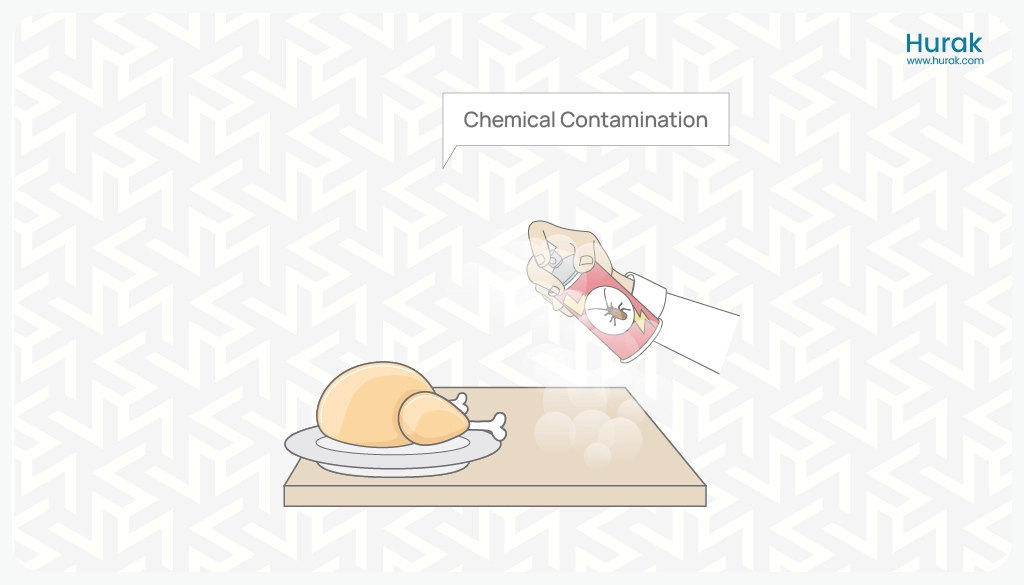
Prevention of chemical food contamination includes:
- Safety protocols
- Proper cleaning procedures
- Careful storage of foods away from chemicals
Microbial or Biological Contamination of Food: Causes and Prevention
Microbial or biological contamination is the most common type of food contamination. It is contamination of food items by other living organisms. Microbial contaminants are harmful microorganisms like bacteria, viruses or parasites in food that can lead to foodborne illnesses.
Foods left exposed to the “Danger Zone” temperature range between 40°F and 140 °F (8°C and 60°C) are prone to bacterial contamination. Bacteria can grow twice as fast between 8°C and 60°C in 20 minutes.
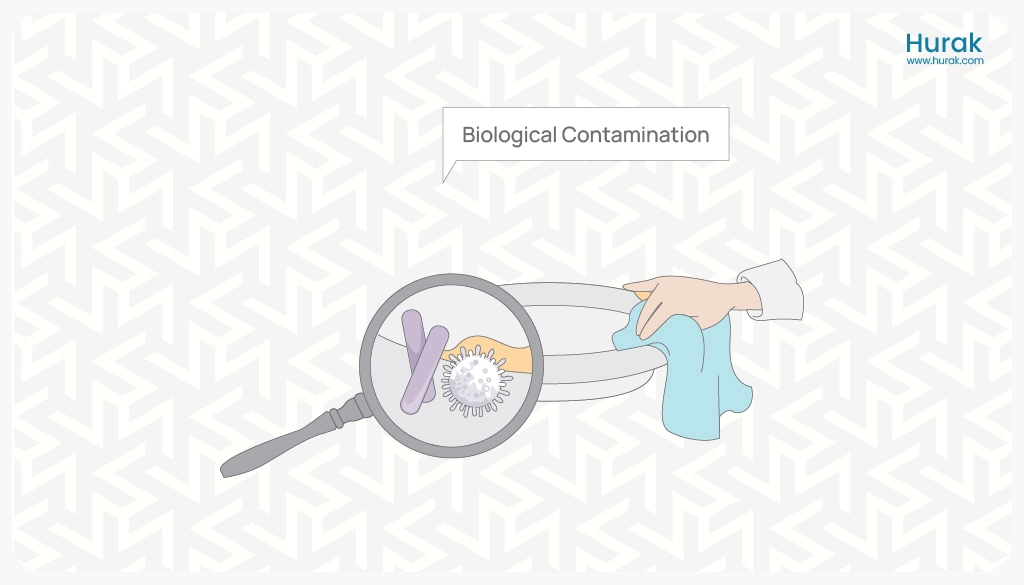
Sources of microbial food contaminants include:
- Salmonella and campylobacter pathogens
- Unhygienic conditions
- Inappropriate cooking temperatures
- Cross-contamination
Prevention of microbial contamination of food includes:
- Food hygiene standards
- Appropriate cooking temperatures
- Cross-contamination prevention
Physical Contamination of Food: Causes and Prevention
Physical contaminants include undesirable objects in food, such as glass or metal, that can contribute towards physical injury risks.
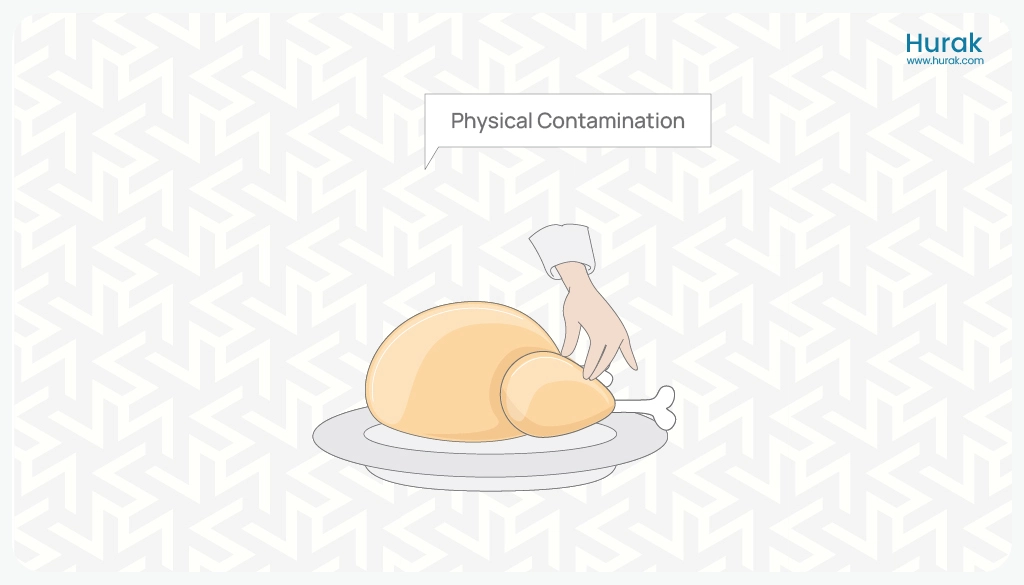
Sources of physical food contaminants include:
- Inadequate quality control measures
- Equipment malfunction during processing and packaging
Prevention of physical contamination of food includes:
- Proper staff training
- Quality assurance
- Equipment maintenance
Allergenic Contamination of Food: Causes and Prevention
Allergenic contaminants include foreign substances or allergens that can cause a reaction when they are introduced into the bodies of susceptible people. Gluten, peanuts, eggs, mustard, and soy are examples of food allergens.
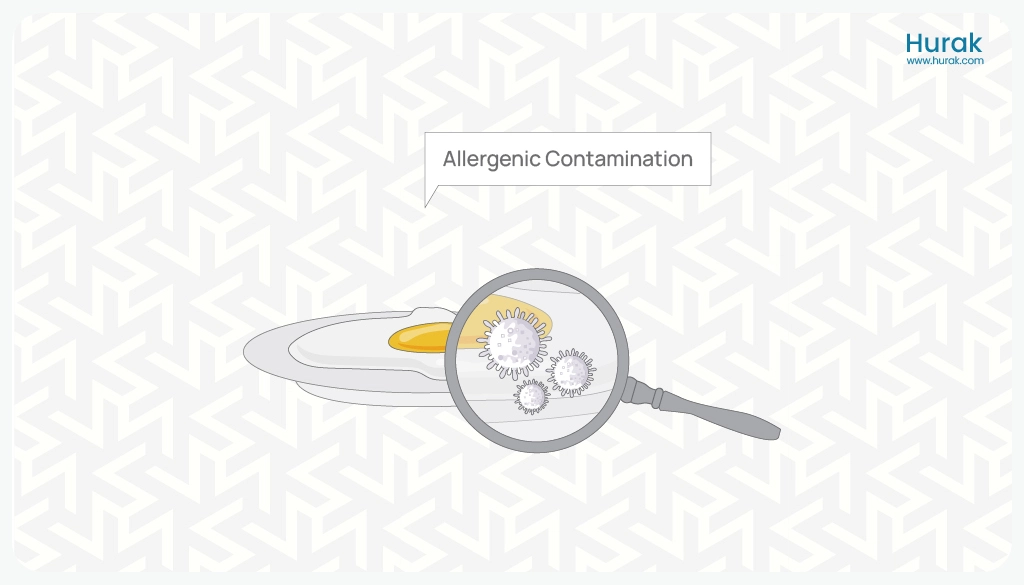
Sources of allergenic food contaminants include:
- Presence of unidentified allergens
- Improper cleaning of space and equipment
- Improper labelling of allergens on packaged and unpackaged food
- Cross-contact contamination
Prevention of allergenic contamination of food includes:
- Labelling and identification of food allergens on food packages
- Proper allergen management during food preparation
- Air, equipment and package cleaning
- Cross-contact contamination prevention
Get Online Food Safety Courses
Food Hygiene And Safety
Check the CourseRated Excellent
on major review sites
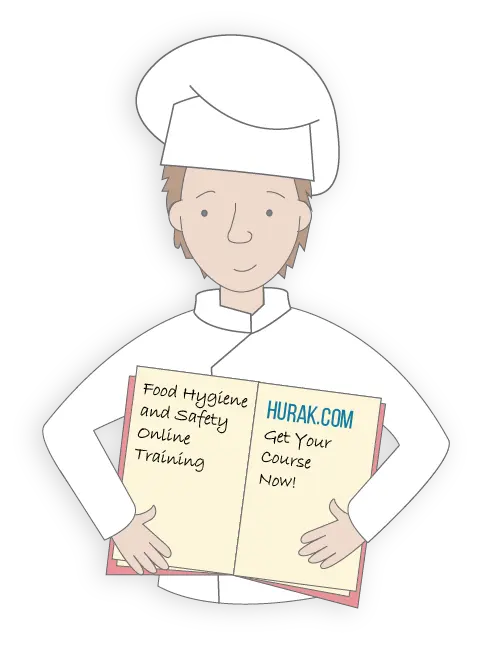
Impact of Food Contamination
Food contamination can lead to serious negative impacts on consumers and businesses, in the form of food poisoning and economic losses, respectively.
Consumer-Related Impacts of Food Contamination
Accidental or intentional food contamination can lead to food poisoning, hospitalisation or even death. According to the Food Standards Agency, there were an estimated 2.4 million cases of food-related diseases in 2018.
The causative agents identified were salmonella and campylobacter, the most common causes of food poisoning in people.
Business-Related Impacts of Food Contamination
As the food industry has become highly competitive in the UK, even slight negligence in terms of food contamination can result in far-reaching negative impacts on the brand name. This can include:
- Customer dissatisfaction
- Damage to brand reputation
- Decline in the food business’s economic growth
Methods of Food Contamination
Physical, chemical and microbial contamination of food can occur through direct contamination or cross-contamination. These methods introduce contaminants into food products and substances.
Direct Food Contamination
Direct food contamination is the pollution of those sources from which raw food is extracted, such as plants and animals. This is due to chemical and biological contaminants in the air, soil or water in the natural habitat of the food source.
Example: Shellfish contaminated by toxic marine algae is an example of direct food contamination.
Food Cross-Contamination
Cross-contamination is the transfer of contaminants among different kinds of food, between food and unclean equipment and from food handler to food. It usually occurs during improper food handling. Chemical and microbial contaminants enter food products during any one of the stages of food preparation.
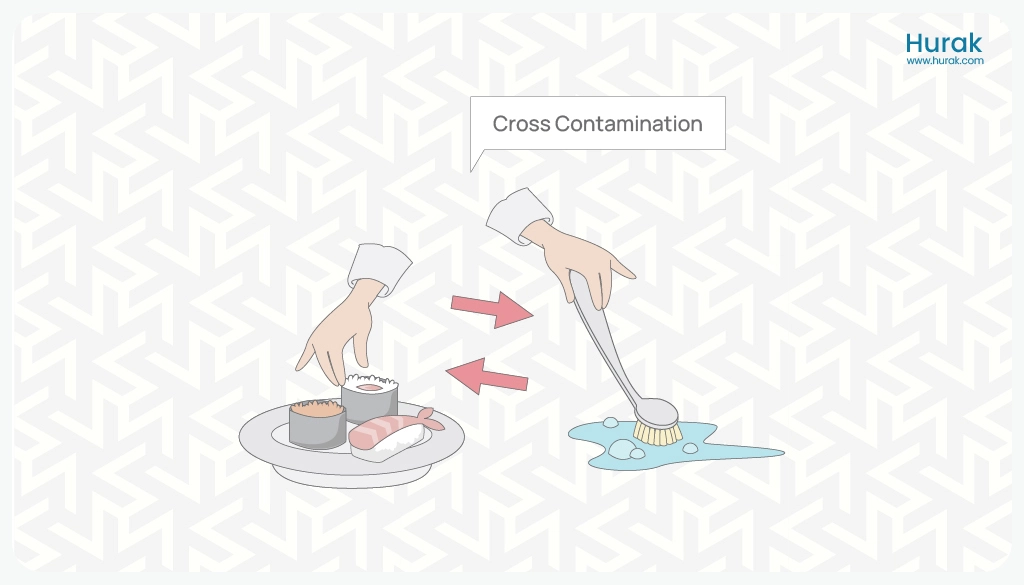
Example: Raw food products like meat and poultry contaminate other foods and kitchen utensils. Microbes can be transferred from one food to another by sharing the same knife or another unwashed tool. This is an example of food cross-contamination.
Which Food Hygiene Training Course Certificate Do I Need?
The food safety and hygiene certificate you need depends on your job and the type of food business you work in.
- Level 2 Certificate: This is for people who handle, prepare, cook, or package food, like chefs, kitchen assistants, baristas, childminders, food shop workers, market stall holders, bakers, and food factory workers.
- Level 3 Certificate: This certification is for those who manage or supervise food-related work, like head chefs, kitchen managers, restaurant managers, food shop supervisors, quality controllers, and factory supervisors. This level covers advanced food safety management and HACCP.
You can also choose food hygiene courses based on your industry:
- Catering: For businesses that serve food directly to customers, like restaurants, cafes, and canteens.
- Retail: For businesses selling packaged food, like shops, delis, and supermarkets.
- Manufacturing: For businesses that process and pack food, like factories and warehouses.
Food hygiene training is important for everyone in the food industry, from factory workers to restaurant supervisors to supermarket employees. It is a legal requirement to know about food safety, so getting the right certificate helps you promote good food safety practices in your workplace.
FAQs
What are the four types of food contamination?
The four main categories of food contamination are chemical, microbial, physical and allergenic.
What is the most common type of food contamination?
Microbial or biological contamination is the most common type of food contamination. It is contamination of food items by other living organisms.
What is food contamination?
Food contamination refers to harmful or unwanted substances affecting food’s safety, quality and purity. Food is said to become contaminated and unfit for consumption.
What is direct food contamination?
Direct food contamination is the pollution of those sources from which raw food is extracted, such as plants and animals.
What is cross-contamination of food?
Cross-contamination is the transfer of contaminants among different kinds of food, between food and unclean equipment, and from food handler to food.
How quickly can bacterial contamination of food occur?
Bacteria can grow twice as fast between 8°C and 60°C in 20 minutes.
Conclusion
Chemical, biological/microbial, physical and allergenic are the common types of food contamination that pose a threat to consumer health and food businesses. Each type has a specific set of causes and preventive measures which must be studied in detail to maintain food safety and hygiene. Consumer safety must be prioritised through proper decontamination methods and awareness. This is to prevent health complications in individuals and economic losses for the food industry.




